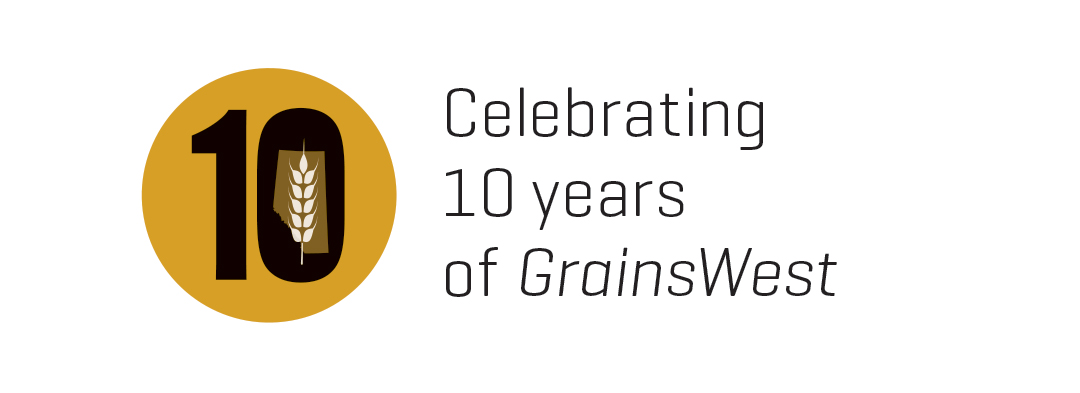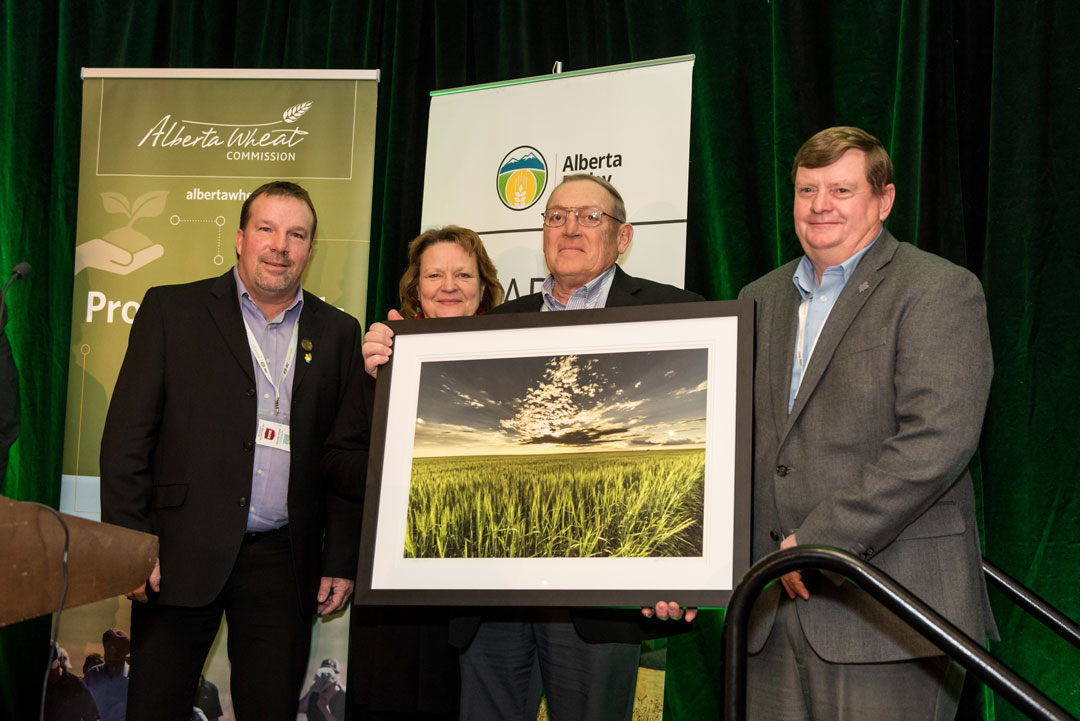CHEM-RESISTANT KOCHIA
NEW STUDY ON GLYPHOSATE-RESISTANT WEED
BY JEREMY SIMES
The task of uncovering new methods to manage Western Canada’s first glyphosate-resistant (GR) weed is underway in Lethbridge and at the University of Alberta. The weed is called kochia, a plentiful, large and competitive pest that emerges early in the growing season, said Bob Blackshaw, a weed scientist with Agriculture and Agri-Food Canada (AAFC).
Kochia can be a factor that contributes to yield reduction, and Blackshaw explained that tackling the weed economically benefits producers.
“Kochia is a common weed in southern Alberta. If it’s not controlled, then farmers will lose on their yields, if they have it.”
In order to combat the problem, Blackshaw’s leading a project aimed to determine the seed production potential, the timing of seed development and the environmental conditions when GR seeds are inactive compared to kochia seeds that are susceptible to glyphosate.
The project also seeks to identify cost-effective herbicides that can be used to control GR kochia. That will be done through pre-seed burndown applications, chemfallow treatments and in-crop herbicide applications.
The team is testing herbicides on wheat, canola and field peas alongside kochia to better understand how those crops react to the sprays.
The GR-kochia problem came to light in 2011 when Blackshaw received a call from a farmer who had trouble controlling the weed on his field. After Blackshaw and a team of researchers investigated three fallow fields in the Warner-Milk River area, they confirmed a number of weeds were glyphosate resistant.
Thereafter, Blackshaw, with fellow researchers Linda Hall and Hugh Beckie, surveyed 309 sites for GR kochia in Alberta. Thirteen of those sites—seven in Warner County, five in Vulcan and one in Taber—had kochia with glyphosate resistance.
It didn’t stop there, either: 10 other GR-kochia sites were found in Warner prior to the survey. Independent farmer testing in 2012 also found an additional nine sites, including four in Forty Mile County, one in Lethbridge and one in Cypress County. Another survey by Beckie in 2013 found GR kochia in 17 of 342 sites in southern and central Saskatchewan and two of 283 sites in southern Manitoba.
Despite those small numbers, there’s potential for the number of GR kochia sites to increase, explained Beckie, an AAFC research scientist who specializes in herbicide-resistant weeds.
“Based on Group 2-resistant kochia, it was everywhere in less than 20 years. So because glyphosate is used more often than Group 2 ever was in terms of numbers of acres and intensity of use, I would expect that to be the same situation if not quicker for GR kochia.”
The interprovincial spread of GR kochia is largely due to seed dispersal from mature plants tumbling across the landscape. Pollen transmission also causes the scattering of the weed, said Beckie.
The team jumped on the GR-kochia problem immediately, “thanks to the three original growers who contacted us,” Beckie explained. “We knew we had to quickly survey the Prairies to see the extent of the problem, and we will follow that up with regular surveys to see how fast it’s spreading.”
Glyphosate was introduced in 1974, and has become the most widely used herbicide in the world, according to a report by Blackshaw.
“Initially, glyphosate was mixed with other herbicides. However, when glyphosate went off patent in the 1990s and became cheaper, then it was actually easier not to mix it with another herbicide,” Blackshaw said.
That largely contributed to the development of GR kochia. Through the survey, the research team found farmers were using only glyphosate to control their weeds on fallow.
He recommended that farmers fight back with integrated weed-management practices such as tank mixing, crop rotation and high seeding rates.
“That could increase producers’ costs, but it pays off in the long run.”
Western Canadian Wheat Growers vice-president Stephen Vandervalk echoed the importance of best management practices.
“It’s important to tackle GR kochia if you have it,” said Vandervalk, who farms near Fort Macleod. “We’re always looking for a new herbicide. That’s not the fix, though. It’s about breaking down resistance, not just relying on new modes of herbicide control.”
The team will do one last field test in 2015, and the project will conclude in 2016.







Comments